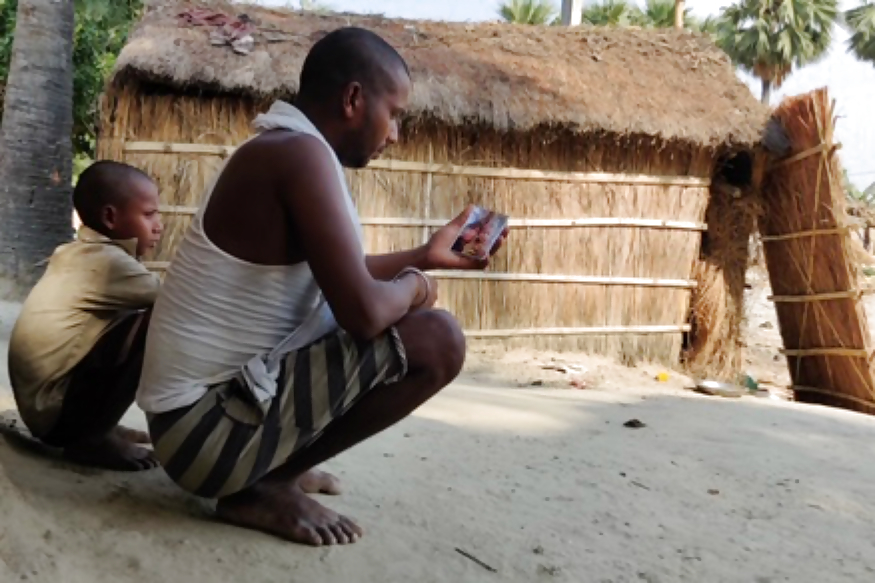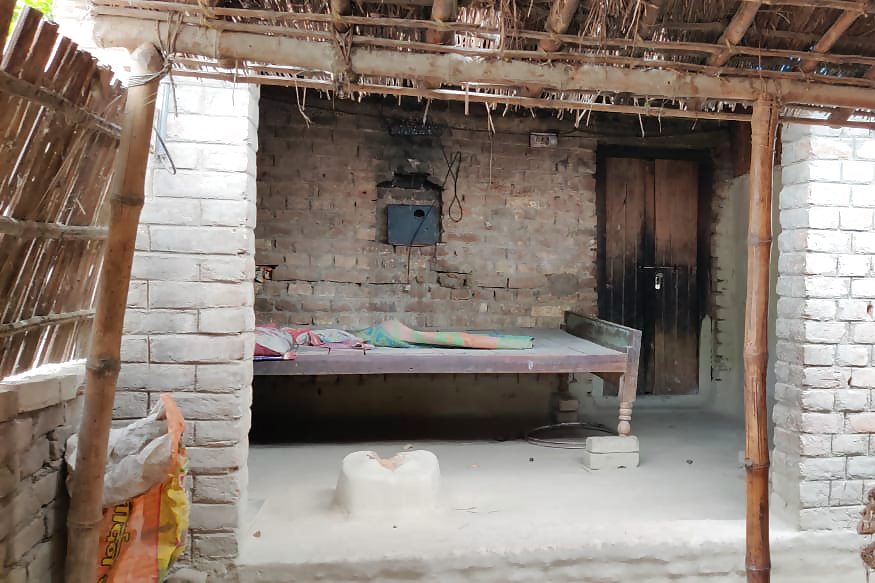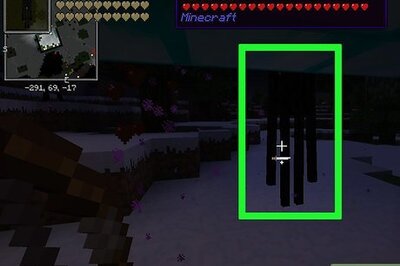
views
Muzaffarpur: As you enter the village of Harivanshpur on the outskirts of Muzaffarpur in Bihar, house after house, men can be seen with their heads shaved — a ritual they underwent as part of the post-death rites of their little ones.
Acute Encephalitis Syndrome (AES) has killed over 17 children in the area. Over 20 are presently getting treatment in the SK Hospital, in recovery wards and in the ICU. No one here has heard of the AES though - the disease is infamous known as 'chamki bukhar' that's giving nightmares to Majhi community living here.

One entire Hamlet — of about 20 families — has fled the area. Houses are locked, some chained and some just left open- simply because there are no doors to shut. There isn't anything much in the houses anyway. Utensils, torn clothes and broken toys can be seen lying around. What's left now is abandoned cattle and the elderly.

Those who haven’t left yet are now preparing to leave or at least sending their children away.
“My seven-year-old daughter Rupa died in the hospital. I don't want my other two children to get chamki bukhar. So I've sent my children to their grandmother’s house in Gaya. I miss them but they can't be here… I don't want to lose all my children,” says Rajesh Sahani.
Sahani, like most other men who've lost their children to AES, belongs to the below poverty line family from the Mahadalit community. Most men are labourers by profession and make somewhere between Rs100 to Rs150 rupees a day — on days when they find work. Needless to say, children don't get proper nutrition, often suffering from malnourishment, a common pattern in the over 129 death cases reported in Muzaffarpur. The death toll in Bihar has now touched 163, with 129 deaths reported from Muzaffarpur alone.
But the government’s direct support to fight child hunger and malnourishment seems weak on the ground. Most anganwadi centres where children could get nutritious food shut before the closing time or simply don't exist.
In Nun Chapra, in the outskirts of Muzaffarpur, Gunja's father is grieving her death. One glimpse at his mud house and it is easy to make out how poverty-stricken the family is. Barely a few meters from his house, an anganwadi centre has been shut for over 18 months.

"We have been asking for the anganwadi to open here but no one listens. If we send our hungry children to the anganwadi in the nearby ward they are sent away,” says Shama Devi.
It hasn't rained all year. Excessive heat and humidity has made things worse. Children are falling ill in every second home but the parents don't know what symptoms to look out for. 129 deaths later, awareness drives have started in Muzaffarpur. Healthcare workers from ANM and Asha are distributing pamphlets and ORS packets in the villages.
One thing that is repeatedly been told to villagers is not to take their children to quakes or 'JholaChap' doctors — a very common phenomena in the region.
Doctor S. K Shahi, medical superintendent, SKMCH says that one simple cure after children show signs of AES (fever and fits) could be the administration of glucose.
“The awareness drives started late this time and the Encephalitis vaccination was not given as it wasn't in supply from October 2018 to May 2019. With more awareness, more lives could have been saved,” tells Sabnam Kumari, an auxiliary nurse midwife.
This is one hot and harsh summer that Muzaffarpur would perhaps never forget. The cause of AES remains a mystery despite hitting the region since the past 15 years and it is being said that once it rains, the disease will diminish, and it is rain that the people of Muzaffarpur and surrounding areas are now praying for.




















Comments
0 comment